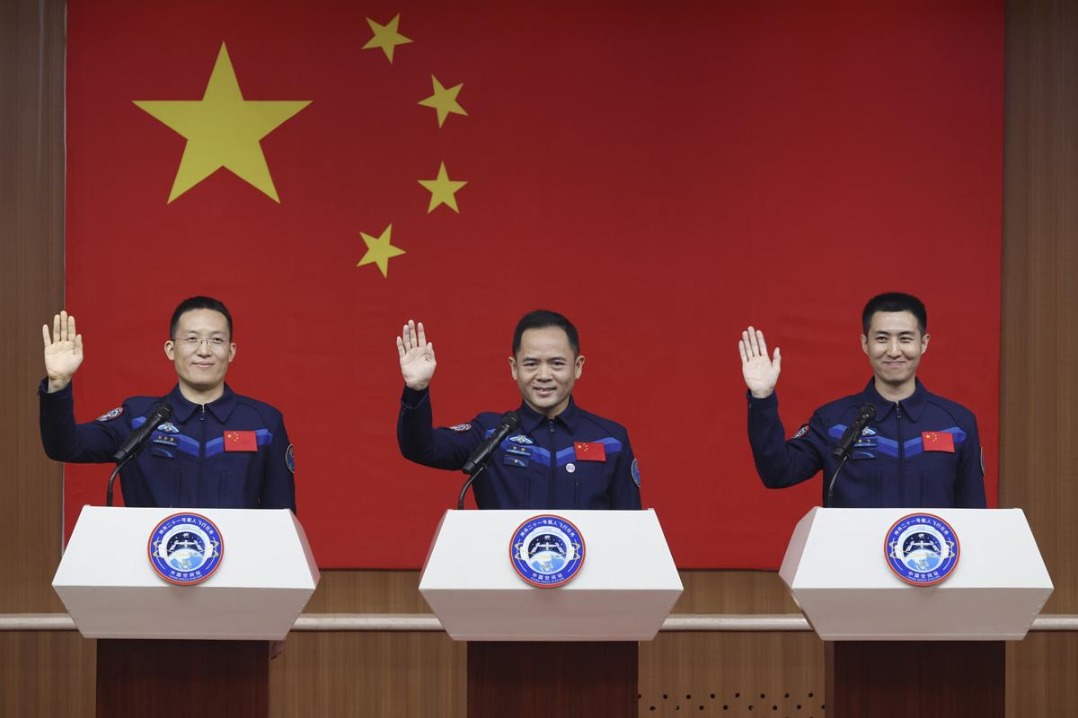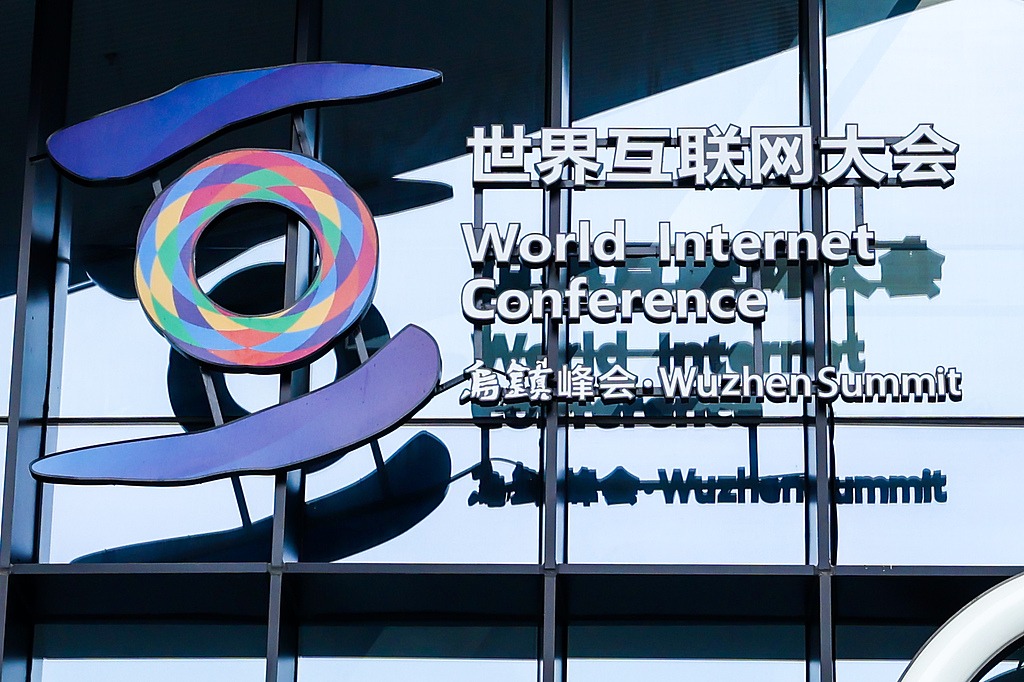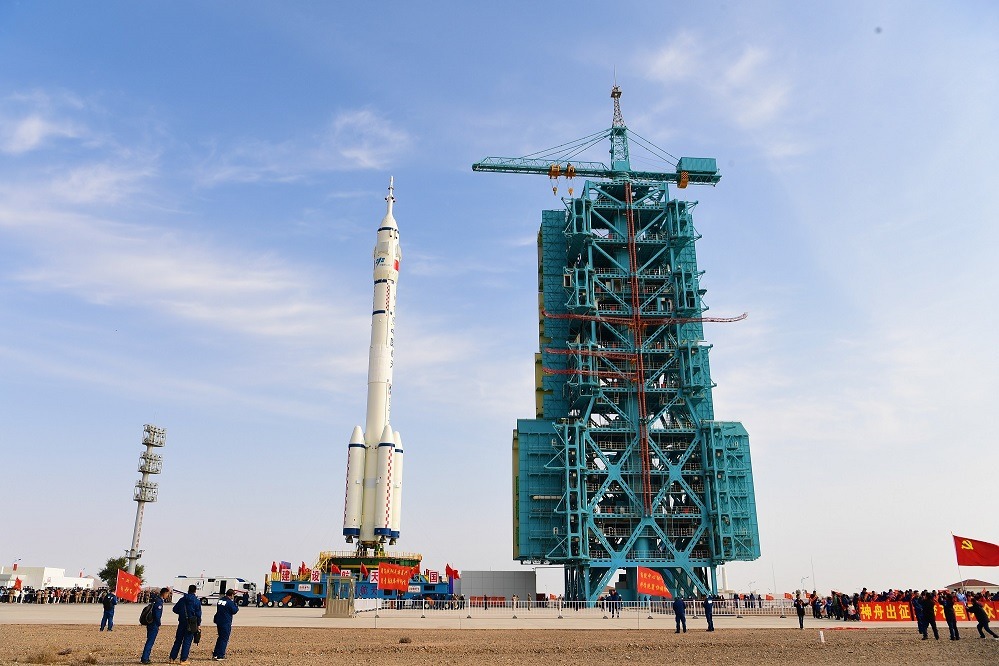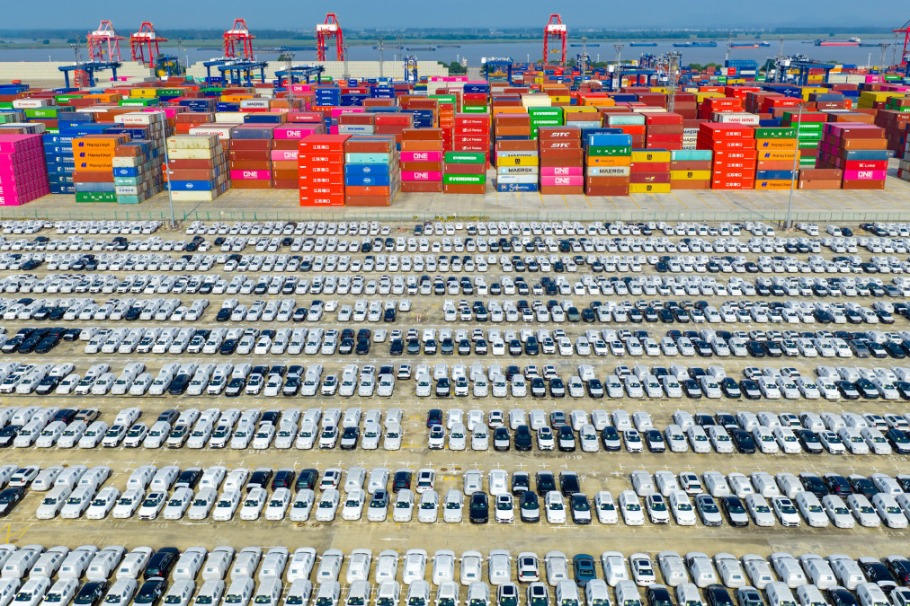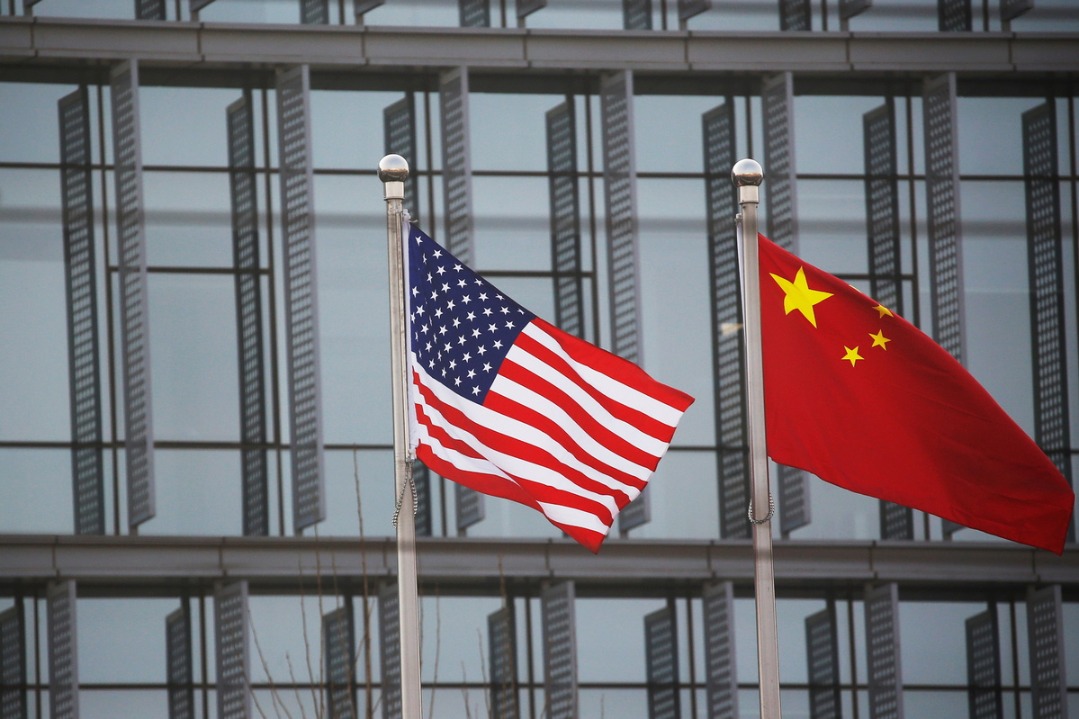Australia, China can put trade ties back on track

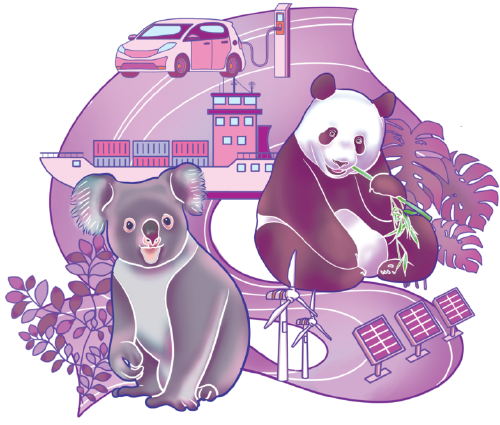
The Monday video meeting between Australian Trade Minister Don Farrell, and his Chinese counterpart Wang Wentao, provides an opportunity to take another step toward getting the relationship between the two countries back on track.
After decades of pragmatic cooperation, the last few years saw a series of misunderstandings, disputes and sometimes provocative language plunge the relationship into crisis. Since Australia's change of government early last year, when Anthony Albanese of the Labor Party became prime minister, official discussions have resumed. Yet much more progress is needed, because to confront the big risks facing our shared region, Australia and China will need to find new ways to work together.
There are sound reasons why Australia and China should restore pragmatic cooperation in trade and investment. Both countries have benefited for decades from supplying each other with what the other economy needs, in a relationship of true mutual benefit. The bilateral trade relationship, worth $189 billion in 2020-21, is Australia's most important and one of China's most significant. The trade ministers can choose to turbo-charge another generation of economic development by resolving recent disputes pragmatically and with the lifting of Chinese informal and formal sanctions on Australian coal, lobster, beef, barley and wine that have proved counterproductive.
Resolution of the trade disputes will open up the possibility for Australia's prime minister to visit China later this year. That would be a timely opportunity to look to the future, beyond recent disputes. A stabilized relationship can allow both nations to seek pragmatic cooperation on the key building blocks for sustainable development in our region. The successful development of Asia has been built on regional peace, stability and international economic interdependence.
It is in the interests of both Australia and China to strengthen the open regionalism that has produced some of the world's most important regional trade agreements, from the Asia Pacific Economic Cooperation to the world's biggest free trade area, the Regional Comprehensive Economic Partnership. China has signaled its wish to join the Comprehensive and Progressive Agreement for Trans-Pacific Partnership, of which Australia is a founding member.
With much of the world turning away from the benefits of free trade and embracing protectionism, the governments of Australia and China can send a powerful message if the ambitious China-Australia Free Trade Agreement and Comprehensive Strategic Partnership between the two countries can return to full operation this year.
In addition to the re-emerging dangers of protectionism, there are other systemic, disruptive risks facing the region, and only through pragmatic cooperation can those risks be addressed.
First among these is climate change. The world is not on track to meet the United Nations Sustainable Development Goals or the Paris Agreement commitments. China is indispensable to the global battle against climate change, and Australia as a major energy exporter is well placed to partner with China and others in developing the region's future green economy.
Both Australia and China would benefit from developing an Asia Pacific green deal.
Second, the technological transformation underway, which is nothing short of a new industrial revolution, powered by high speed communications, quantum computing and artificial intelligence, will make our economies even more interdependent. These new technologies must also provide solutions for the green transition. While geopolitical commentators have fueled a new, aggressive techno-nationalism that threatens to splinter the future digital economy into two rival systems, it is not beyond our capacity to agree to rules and norms for new technologies that work for all.
In the past, the world has proved able to develop relatively stable rules and institutions for nuclear safety, aviation and other technologies as they globalized. We need to put people and planet at the center of upcoming technologies. Australia and China, along with other countries in the region, can make important contributions to these discussions about the future digital economy.
At the same time, the risks of geopolitical confrontation and conflict are growing daily, as the world moves from a unipolar to a multipolar system. Here, too, Australia is well placed, since its change of government, to be a moderating force and a voice for dialogue and understanding, notably with former Australian prime minister Kevin Rudd, a renowned advocate for pragmatic engagement and internationalism, appointed as Australia's new ambassador to the US. While Australia and China will inevitably see some things differently because of different traditions, an overwhelming common interest is peace in the region and it is time for more confidence-building rather than squabbling.
While China and Australia have global interests, both are anchored in the same region, the most dynamic region of the world. We cannot change our geography and neither would we wish to do so. Both countries must build our prosperous and peaceful future by working with the countries of our region. Working together means embracing our diversity, resolving disputes as they arise, and pursuing our shared interests. We can expect the trade ministers of Australia and China to have this bigger picture in mind as they work to resolve yesterday's disputes and to realize tomorrow's opportunities.
The author is a former Australian and multilateral diplomat, the vice-chair of the UN ESCAP Sustainable Business Network, an international consultant.
















